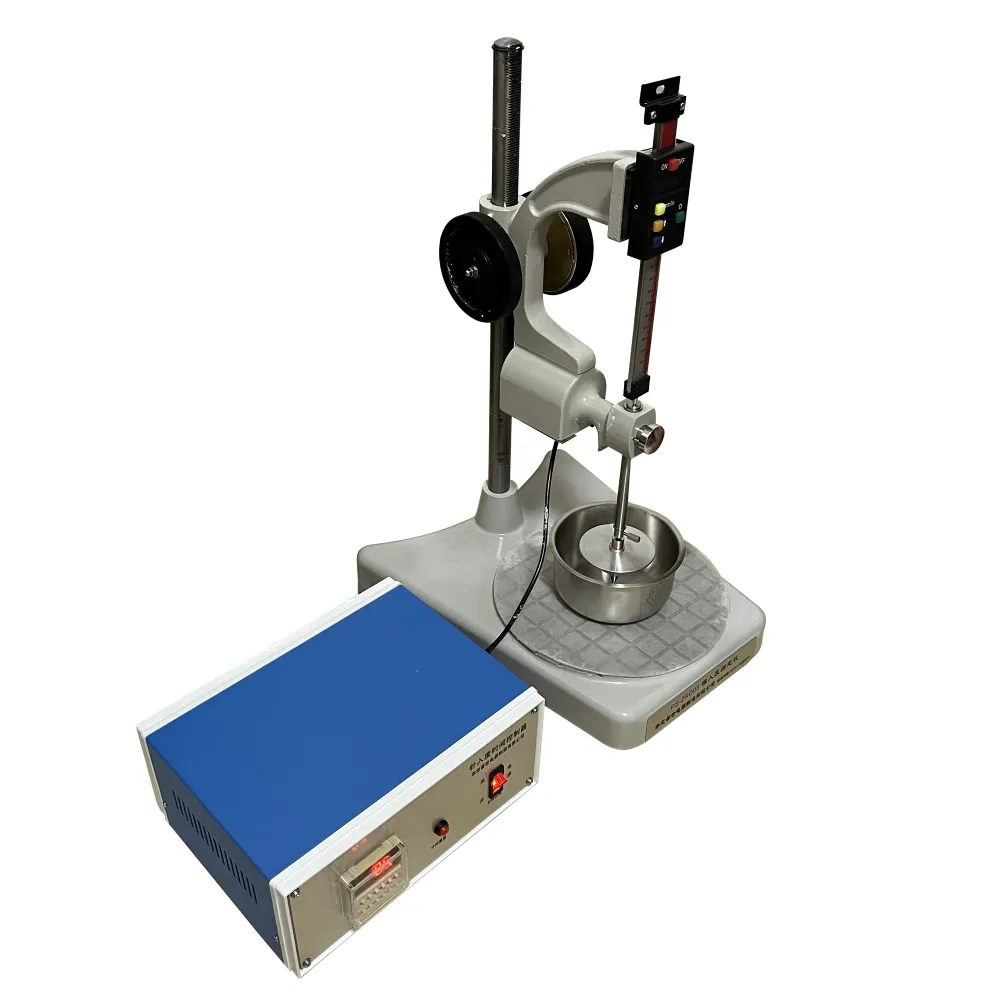 English
English


pat tester megger
Understanding PAT Testers and Meggers Essential Tools for Electrical Safety
In the realm of electrical safety, ensuring the integrity of appliances and installations is paramount. Two of the most widely used tools for this purpose are Portable Appliance Testers (PAT Testers) and Meggers. While they serve distinct functions, both are crucial in promoting electrical safety in homes, workplaces, and industrial settings. This article delves into the importance, operation, and applications of PAT testers and megohmmeters (Meggers) and highlights how they contribute to electrical safety.
What is a PAT Tester?
A PAT tester is a device used to check the safety of electrical appliances. It is especially pivotal in workplaces where multiple portable appliances are in use, such as offices, workshops, and retail environments. The primary purpose of a PAT tester is to identify any defects in a device that could pose a risk of electric shock or fire.
PAT testing typically involves several key checks, including
1. Visual Inspection This initial step includes examining the physical condition of the appliance, its cable, and plug for any visible signs of damage. 2. Insulation Resistance Test This test checks the insulation's ability to prevent current from leaking. The tester applies a high voltage to the appliance and measures the resistance of the insulation. Ideally, this should show a high resistance value. 3. Earth Continuity Test For appliances with a metal case, the tester checks that the earth connection is solid, ensuring that in the event of a fault, electricity can flow safely to ground. 4. Polarity Check For appliances with a plug, this test ensures that live and neutral connections are correctly aligned.
The Role of Meggers
pat tester megger

Meggers, or insulation resistance testers, are specialized devices used to measure the electrical insulation of conductors and equipment. Unlike PAT testers, which focus on appliances, megohmmeters are often employed in both industrial settings and during installation to verify the integrity of electrical systems. They provide a deeper assessment of insulation resistance, often at higher voltages.
The operation of a megger entails applying a high voltage (typically between 250V to 1000V) across the insulation being tested. The device then measures the resistance and displays the value in megohms. A higher resistance value indicates that the insulation is in good condition, whereas a low resistance could indicate deterioration or failure of the insulation, thus posing a risk of electric shock.
Applications and Importance
Both PAT testers and megas have vital roles in ensuring electrical safety. They are especially crucial in environments where multiple electrical devices are in use, such as construction sites, hospitals, factories, and schools. Regular testing with these instruments helps prevent electrical accidents, ensuring compliance with health and safety regulations.
In today's world, electrical equipment is ubiquitous and increasingly complicated. The use of portable devices heightens the risk of faults due to environmental factors, wear and tear, and user mishandling. By performing regular tests with PAT testers and megohmmeters, businesses can significantly reduce risks and maintain the safety of their operations.
Conclusion
In conclusion, PAT testers and megohmmeters are indispensable tools in the landscape of electrical safety. They both provide essential services that help to maintain the integrity and safety of electrical systems and appliances. Regular testing using these instruments not only complies with legal requirements but also forms a proactive approach to safeguarding lives and property. As technology advances, staying abreast of the latest testing methods and devices will further enhance electrical safety protocols, creating a safer environment for everyone. Whether for a business or home, investing in proper testing and safety measures is not just a requirement but a commitment to well-being.
-
Differences between open cup flash point tester and closed cup flash point testerNewsOct.31,2024
-
The Reliable Load Tap ChangerNewsOct.23,2024
-
The Essential Guide to Hipot TestersNewsOct.23,2024
-
The Digital Insulation TesterNewsOct.23,2024
-
The Best Earth Loop Impedance Tester for SaleNewsOct.23,2024
-
Tan Delta Tester--The Essential Tool for Electrical Insulation TestingNewsOct.23,2024





